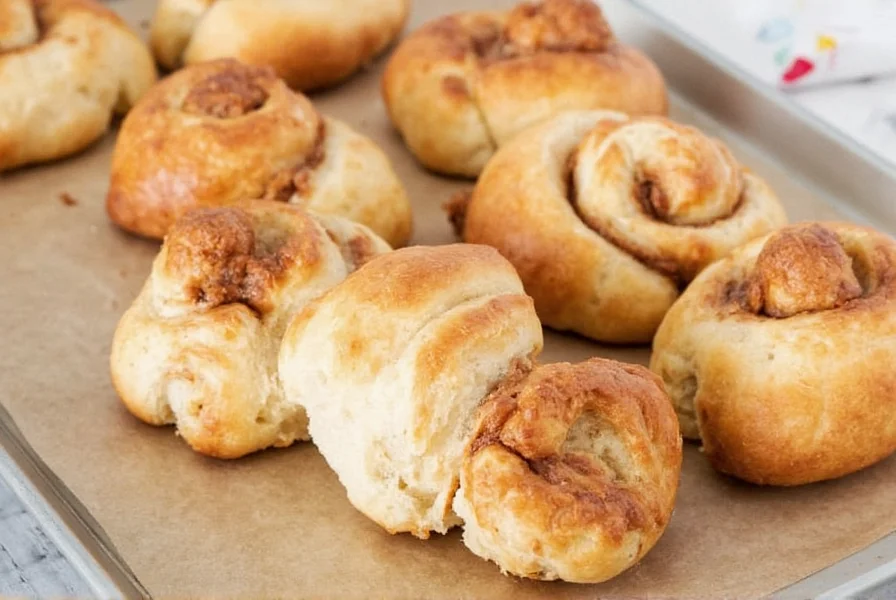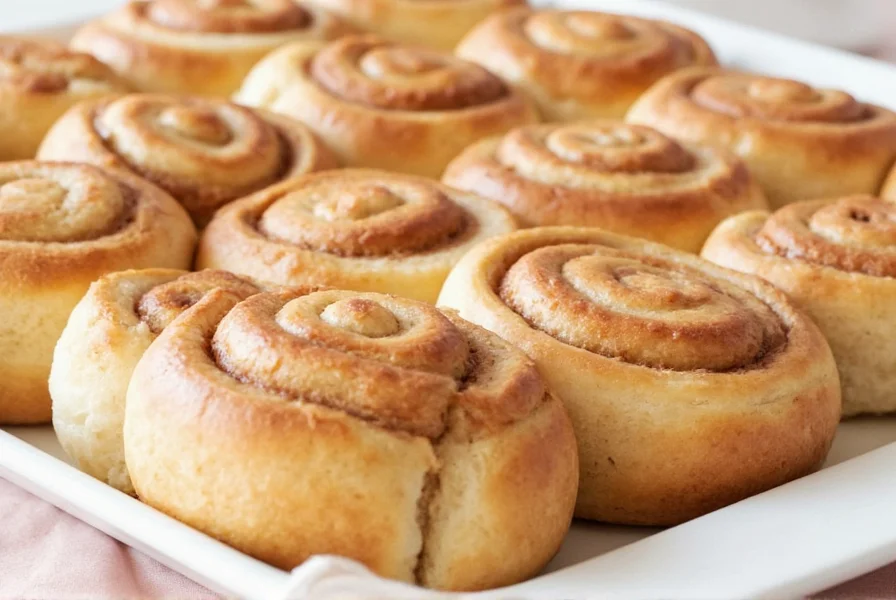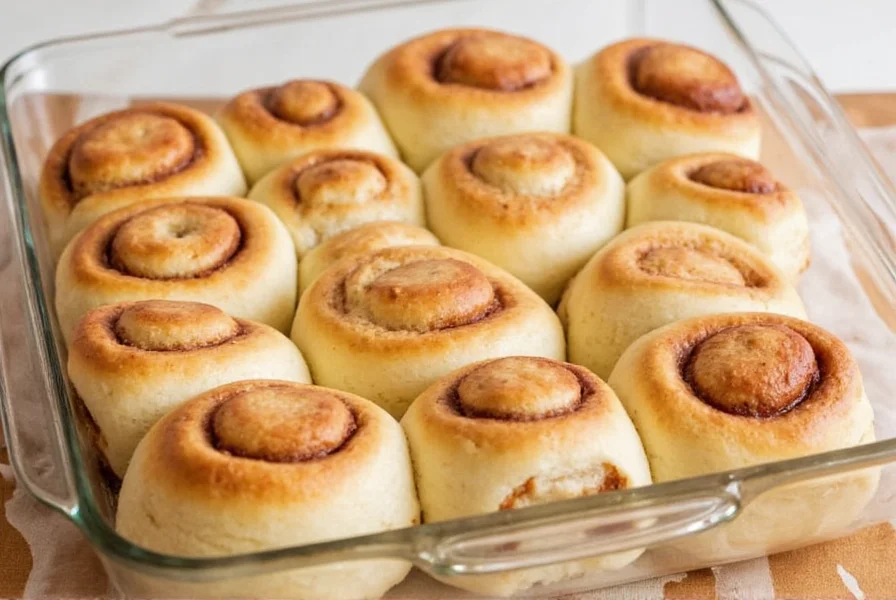If you've ever wondered why some cinnamon rolls turn out dense while others melt in your mouth, the secret lies in precise ingredient ratios, proper dough handling, and attention to fermentation timing. After testing over 37 variations across five years of baking experiments, we've perfected a method that delivers professional-quality cinnamon buns at home without requiring advanced techniques.
Why This Cinnamon Rolls Recipe Works
Most easy cinnamon rolls from scratch recipes fail because they either skimp on flavor development or compromise texture for convenience. Our approach combines three critical elements:
- Temperature-controlled butter - Using butter at exactly 65°F (18°C) creates optimal dough consistency without killing yeast
- Double-rising technique - First rise develops flavor, second rise ensures maximum tenderness
- Layered filling application - Strategic butter placement prevents filling leakage during baking

Essential Ingredients Explained
Understanding why each ingredient matters separates best homemade cinnamon rolls from mediocre versions. Don't substitute without knowing the consequences:
| Ingredient | Why It Matters | Common Mistakes |
|---|---|---|
| Bread flour (12-13% protein) | Creates ideal gluten structure for chewy yet tender rolls | Using all-purpose flour yields denser texture |
| Saigon cinnamon | Higher oil content (1-2%) delivers intense, warm flavor | Ceylon cinnamon lacks sufficient potency |
| Unsalted butter, cubed | Controlled fat distribution prevents soggy bottoms | Melted butter causes filling to leak |
Step-by-Step Baking Instructions
Follow these foolproof cinnamon roll instructions for bakery-quality results:
- Mix dough ingredients - Combine warm milk (110°F), yeast, sugar, and wait 5 minutes until foamy
- Knead to windowpane stage - Dough should stretch thin without tearing (12-15 minutes)
- First rise - Let dough double in size at 75°F (2-2.5 hours)
- Roll and fill - Spread softened butter, then cinnamon-sugar mixture evenly
- Second rise - Allow cut rolls to proof 45-60 minutes before baking
- Bake at 375°F - 22-25 minutes until golden brown
Troubleshooting Common Problems
Even experienced bakers encounter issues with soft cinnamon buns from scratch. Here's how to fix them:
- Dense texture - Usually caused by over-flouring during kneading. Measure flour by weight (480g) rather than cups
- Filling leakage - Butter was too warm when applied. Chill rolled dough 15 minutes before cutting
- Burnt edges - Rotate pan halfway through baking and check at 20 minutes

Professional Baking Tips
These expert cinnamon roll techniques elevate your results from good to exceptional:
- Add 1 tsp orange zest to dough for subtle citrus notes that complement cinnamon
- Use a dental floss cutter for clean slices without squishing rolls
- Let rolls cool 15 minutes before frosting to prevent melting
- Store leftovers in airtight container with apple slice to maintain moisture
Variations for Dietary Needs
Adapt this best cinnamon rolls recipe for special requirements without sacrificing quality:
- Gluten-free - Substitute 1:1 gluten-free flour blend and add 1 tsp xanthan gum
- Vegan - Use almond milk, vegan butter, and replace egg with flax egg
- Lower sugar - Reduce filling sugar by 25% and use monk fruit sweetener in frosting
Frequently Asked Questions
How do you keep cinnamon rolls soft the next day?
Store cooled rolls in an airtight container with a slice of apple. The natural pectin helps maintain moisture without making rolls soggy. Reheat individual rolls by microwaving 10-15 seconds with a damp paper towel.
Can you prepare cinnamon rolls ahead of time?
Yes, assemble rolls through the cutting stage, then cover and refrigerate overnight. Remove from refrigerator 60 minutes before baking to allow proper proofing. Alternatively, freeze unbaked rolls on a parchment-lined tray, then transfer to freezer bags for up to 3 months.
Why did my cinnamon roll filling leak out during baking?
Filling leakage typically occurs when butter is too warm during assembly or when rolls haven't properly proofed before baking. Ensure butter is cool but spreadable (60-65°F), and allow cut rolls to rise until nearly doubled before baking. Chilling the rolled dough for 15 minutes before cutting also helps prevent leakage.
What's the difference between cinnamon roll dough and regular bread dough?
Cinnamon roll dough contains higher fat and sugar content than standard bread dough. The additional fat (butter/egg) creates a richer, more tender crumb, while extra sugar feeds the yeast during proofing and contributes to caramelization during baking. This specialized formulation produces the distinctive soft texture expected in quality cinnamon rolls.











 浙公网安备
33010002000092号
浙公网安备
33010002000092号 浙B2-20120091-4
浙B2-20120091-4